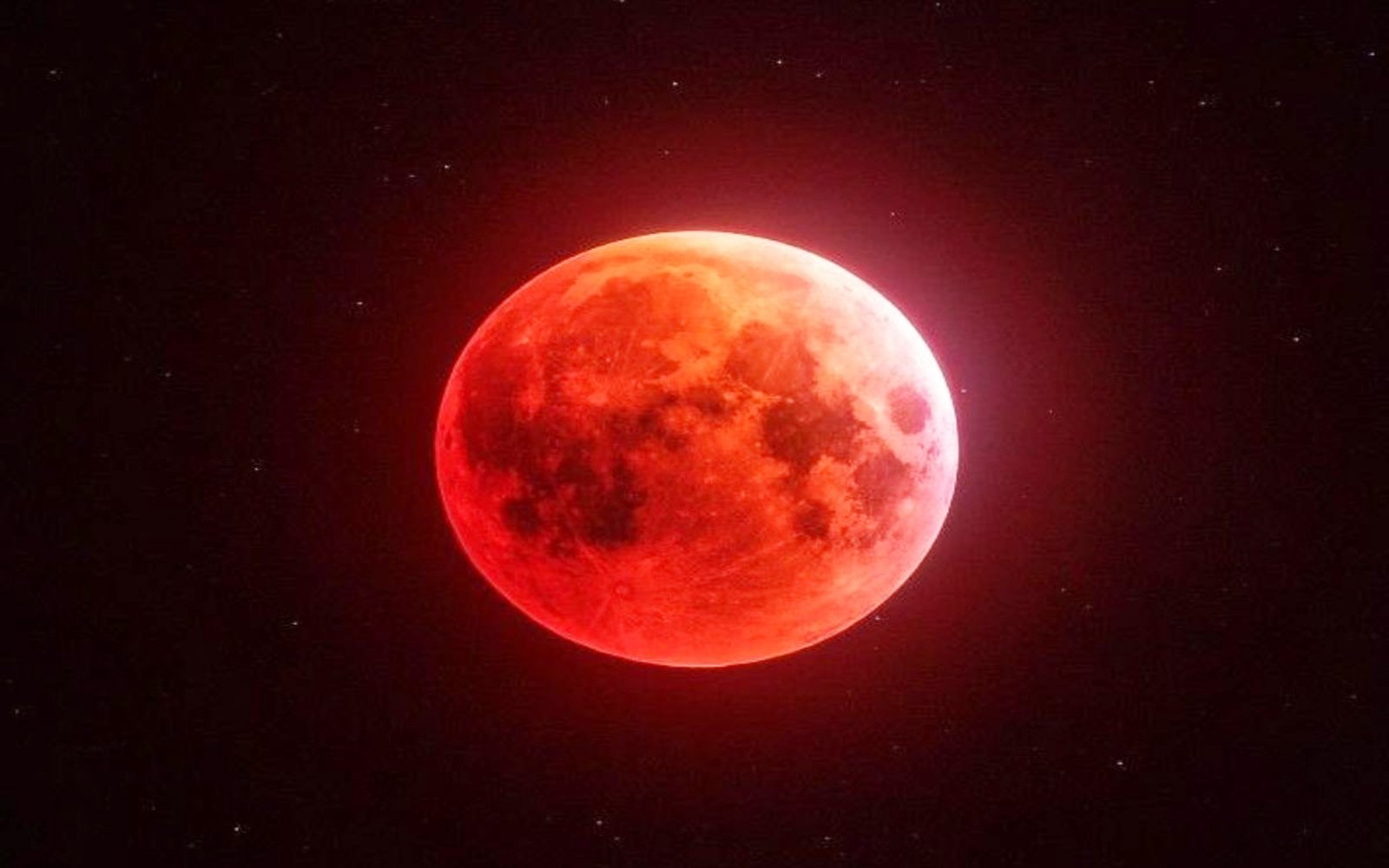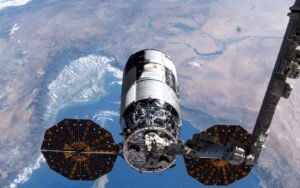Sky enthusiasts across the UK and beyond are preparing for a breathtaking celestial display this Sunday evening — a total lunar eclipse, when the Moon will appear to glow a deep red, commonly called a Blood Moon.
A lunar eclipse occurs when Earth aligns directly between the Sun and the Moon, casting its shadow across the lunar surface. Instead of going completely dark, the Moon turns a reddish hue due to sunlight bending through Earth’s atmosphere, a natural effect also responsible for red sunsets.
When Will It Happen?
In the UK, the eclipse will begin while the Moon is still below the horizon. By around 19:30 BST, just as the Sun sets, the Moon will rise already in total eclipse. Observers will be able to witness the second half of the event, while those in eastern Africa, the Middle East, most of Asia, and western Australia will enjoy the full spectacle from start to finish.
Types of Lunar Eclipses
-
Total lunar eclipse – the Moon is fully covered by Earth’s shadow and appears red.
-
Partial lunar eclipse – only part of the Moon enters Earth’s shadow.
-
Penumbral lunar eclipse – the Moon passes through the faint outer shadow, causing only a subtle dimming.
This reddish transformation is caused by Rayleigh scattering, the same effect that makes our sky blue. Essentially, during an eclipse, every sunrise and sunset on Earth is projected onto the Moon’s surface.
Best Way to See the Eclipse
Find a location with a clear view of the eastern horizon before 19:30 BST. Elevated spots such as hills or open viewpoints in cities offer the best vantage point. Unlike solar eclipses, lunar eclipses are safe to view with the naked eye — though binoculars or telescopes can enhance the experience.
Cloud cover may affect visibility. Weather forecasts suggest clearer skies in eastern parts of the UK, though conditions may change as the day approaches.
What’s Next?
If you miss this one, the next total lunar eclipse visible from the UK will occur on 28 August 2026.
Astronomer Dr. Edward Bloomer of the Royal Observatory Greenwich notes:
“It’s always worth watching because you get to see the mechanics of the solar system in action. This isn’t a special effect — it’s real science unfolding before our eyes.”









